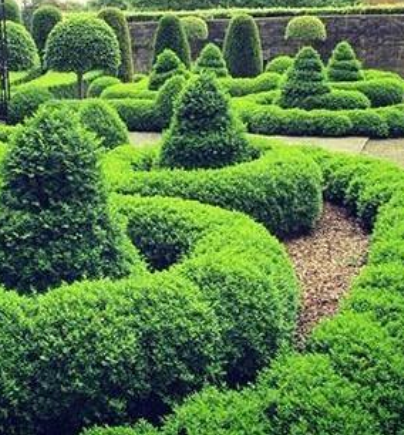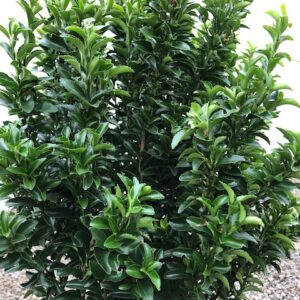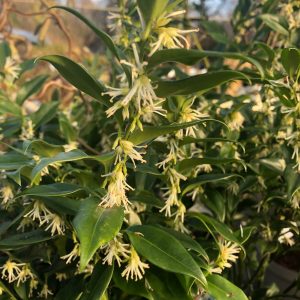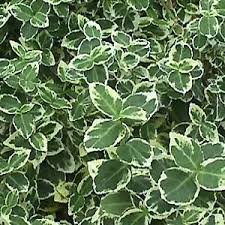Shrub, Evergreen Shrubs, Hedging plants, Plant bundle
Buxus sempervirens plant bundle
£55.00
BOX
Buxus sempervirens is an adaptable plant that can be pruned and shaped into intricate patterns, spheres, or even animal shapes by skillfully trimming and training the branches.
2 litre plant offer
8 plants for £55.00
(List price £63.92
Saving of £8.92)
SKU: BUXUS-PB
Categories: Shrub, Evergreen Shrubs, Hedging plants, Plant bundle
Tags: Border edging plant, Cottage garden plant, Easy to grow, Evergreen, Evergreen Shrub, Hedging plant, small spaces, topiary
Related products
-
Rated 0 out of 5
Sarcococca confusa
£9.99 – £14.99 Select options This product has multiple variants. The options may be chosen on the product page -
Rated 0 out of 5
Euonymus fortunei Emerald Gaiety
£9.99 Select options This product has multiple variants. The options may be chosen on the product page






